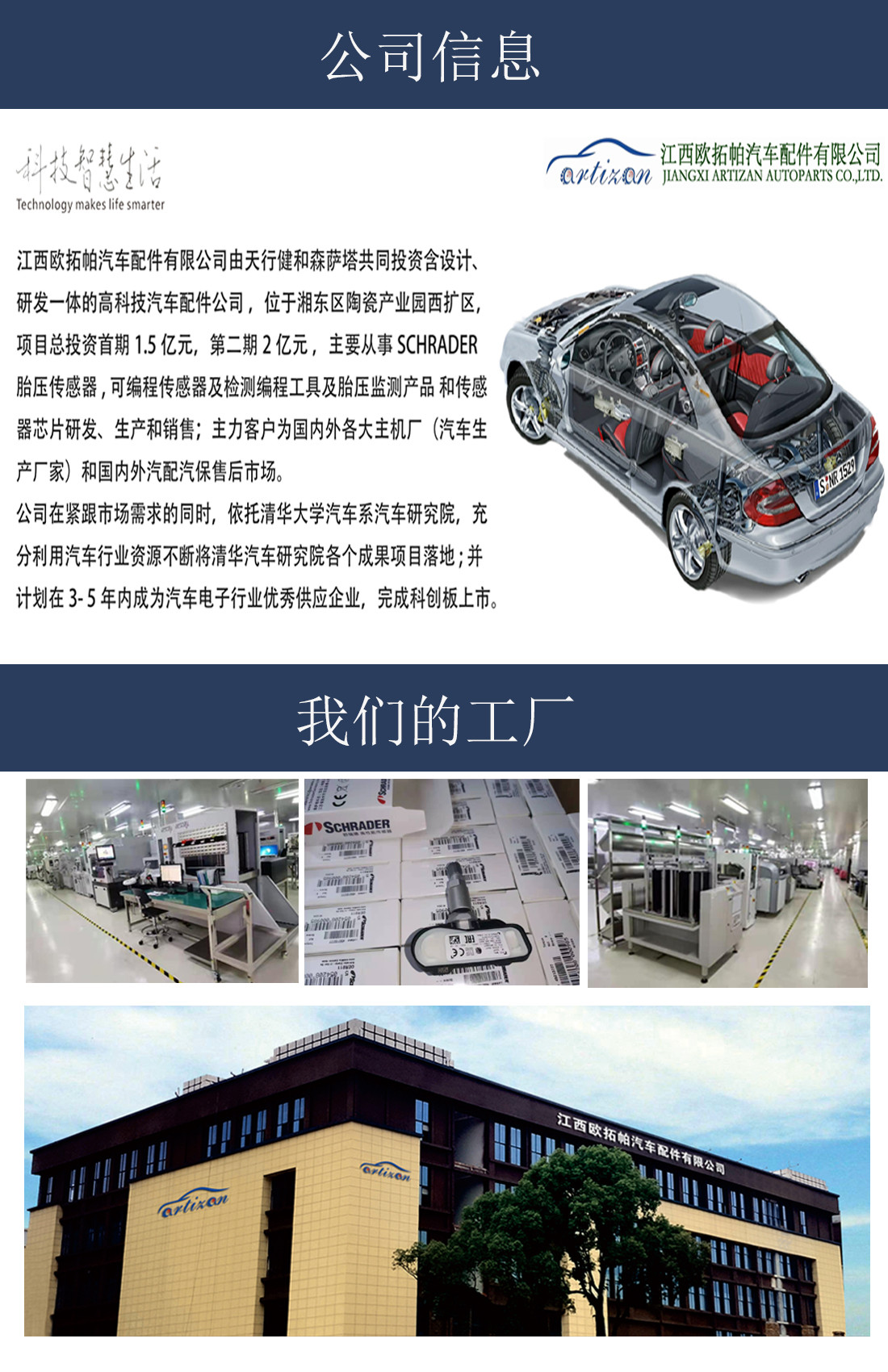A: There are two types of tire pressure sensors (TPMS): direct and indirect. Indirect sensors use the vehicle's antilock brake system and have no physical component on the wheel. Your Subaru uses the direct type, which uses a wheel-mounted, battery-powered sensor.
More than likely, one or more of the tire pressure sensors is failing. These battery-powered sensors have an expected life of seven to 10 years. When the battery gets weak, it can’t send a signal to the car's computer, and the light flashes to indicate the system is malfunctioning. Automotive Programming

The Subaru TPMS cost about $75 each, plus installation. There are also aftermarket sensors that are cheaper. Until you get the system repaired, check the tire pressure monthly.
Q: My 2013 Honda CR-V has 83,000 on it. The car drives fine but has a has a muffled rattling sound — especially on bumpy roads. During the last oil change, I asked the mechanic to check it out. He said there are plastic clips (forgot on what) that get loose. He tightened them, but it still makes the noise.
A: Rattles are a tough issue to diagnose but Honda does have a couple of common rattles.
The catalytic converter heat shield (part of the exhaust) can rattle — this would be a tinny sound coming from under the car.
A different bumpy rattle — more inside the car — could be a part of the heater called the heater core. Honda’s fix was just to add foam insulation (a fair amount of work).
If it were my car, I would check all of the steering and suspension parts. At eight years old, a strut/shock could be getting weak, or one of the mounts could be starting to wear. I would just want to rule out any safety issue.
I have found, in addition to a good road test, that the best way to check for rattles is a drive-on lift. On this type of lift, all the car’s weight is sitting on the tires, just as it does on the road.
There are also specialized tools to find rattles. One is an electronic listening device called a Chassis-Ear.
Ruling out the easy and obvious doesn’t take much time. After that, finding a rattle can get expensive. This may be one of those cases where if it isn’t dangerous, let time be your diagnostic tool and wait until the noise gets a bit more obvious.
Q: Someone told me that when waxing a car, you should leave the wax on for 12 to 18 hours before buffing it off for the best shine. Is this true?
Also, what do you think of machine buffers to apply and remove wax? I see the pros using them all the time.
A: When waxing a car, apply the wax in about a 2-foot square and remove the wax as soon as it turns hazy. Then continue slightly overlapping areas.
Some people want a deeper, richer shine, and in that case, wait a day before applying a second coat of wax.
Regarding buffing wheels, the safest and easiest to use are dual-action buffers. High-speed buffers work great, but without the proper care, you can easily burn through the paint. When investing in a buffer, it has been my experience that the more you spend, the better the results.
Q: A Christmas tree has left sticky sap on my car’s hood. I should have tried cleaning it earlier, and now I’m having difficulty removing it. What should I be using, or does it need professional detailing?
A: Start with washing the car with warm, soapy water (use only car wash soap), and once dry, use a specialized bug, tar and sap remover.
Once it's clean, rewax the car to bring the shine back from using the cleaner. If this doesn’t work, then a professional detailer should be able to remove the sap and restore the finish.
The longer the sap bakes in the sun, the harder it will be to remove.
Q: I’m not sure if you have tested polishes, waxes and ceramic coatings. What consumer-ceramic coating do you recommend? I have used Mothers Ceramic with great results (and it's pretty easy to apply), but the auto parts stores have an entire shelf of products. Any preferences?
A: The original ceramic coatings were difficult to apply, expensive and best left to professionals. They also required some tedious paint correction before they could be applied.
Some of the original ceramic products were $250 or more for a single use and, when applied professionally, could cost $750 to $1,000. Quite expensive, although you needed to do it once every four or five years.
Today, the ceramic spray products are a sort of hybrid. Mothers is a good product and reasonably priced, as are Chemical Guys and Meguiar's.
Q: I have a new car, and the dealer recommend nitrogen in the tires. The cost was about $175, and it was included in the financing, but I said no.
Now I’m wondering if I should I have had the nitrogen put in the tires. Is nitrogen better than using regular air?
A: Air is 78% nitrogen and, as regular readers know, I’m frugal (cheap) and would never pay $175 for something you can get for free.
There are specialized applications where nitrogen is preferred, since it is a dry gas, and compressed air can contain moisture. These specialized applications include racing, military and commercial aircraft, and even on the space shuttle. So, unless you are racing or driving on the moon, say "no" to nitrogen.

Tire Pressure Monitoring Control Unit John Paul is the AAA Northeast Car Doctor. He has more than 40 years of experience in the automobile industry and is an ASE-Certified Master Technician. Write to John Paul, The Car Doctor, at 110 Royal Little Drive, Providence, RI 02904. Or email jpaul@aaanortheast.com and put “Car Doctor” in the subject field. Follow him on Twitter @johnfpaul or on Facebook.